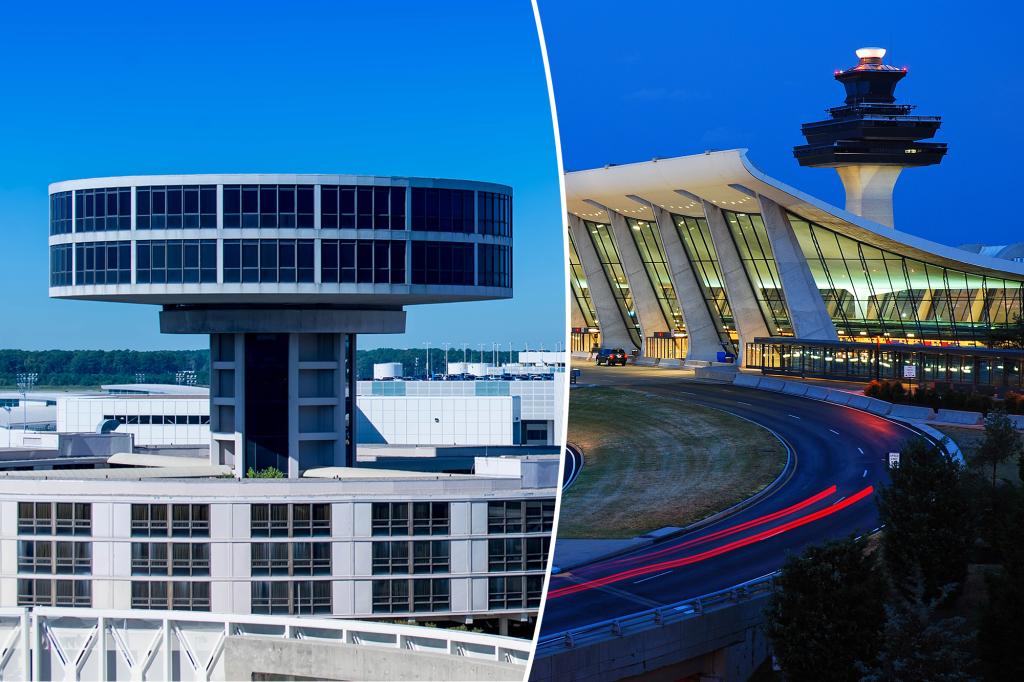A recent ranking of US airports revealed that the journey to your gate can involve up to two miles of walking, providing passengers with a serious workout before they even reach their destination. While some airports offer timesavers such as people movers, walkways, shuttle buses, and trams, passengers may still need to do a fair amount of walking between connections. To determine which airports had the longest distances on foot, KURU Footwear conducted a survey of America’s airports, measuring the distance from ticketing to the farthest gate.
Dallas-Fort Worth International Airport topped the rankings as the most sprawling airport, with passengers potentially walking 2.16 miles to navigate the expansive facility. Washington-Dulles International Airport came in second, with distances of up to 1.62 miles between terminals, despite having a modern terminal design and an AeroTrain. George Bush Intercontinental Airport in Houston, known for its shopping and dining options, also required long walks, with up to 1.52 miles of walking needed to reach gates due to limited transport options.
Denver International Airport was ranked fourth on the list, with distances of 1.45 miles required to reach remote departure areas. New York’s JFK Airport came in fifth, with distances of 1.38 miles between terminals. Despite its size, JFK Airport is often criticized for construction and user-friendliness, and it ranked poorly on a list of airports for causing stress to travelers. One major source of stress at JFK Airport is the amount of time planes spend trapped on the tarmac waiting for takeoff or to reach their gate.
Overall, navigating airports in the US can be a challenging and physically demanding experience for travelers. The long distances between terminals and gates require passengers to walk significant amounts, leading to a workout that can be equivalent to a trip to the gym. While some airports offer helpful transportation options, such as shuttle buses and trams, passengers may still need to rely on good old-fashioned footwork to cover the distances between connections. Planning ahead and allowing extra time is essential for a smooth travel experience in these sprawling airports.
With increasing passenger traffic and expanding facilities, airports are continuously adapting to meet the needs of travelers. Despite the convenience of modern amenities and transportation systems, the sheer size of some airports can result in extensive walking distances for passengers. Whether exploring shopping and dining options or rushing to catch a connecting flight, travelers should be prepared for the physical demands of navigating these large airport terminals. By understanding the layout and distances of airports in advance, travelers can better plan their journeys and make the most of their airport experiences.















